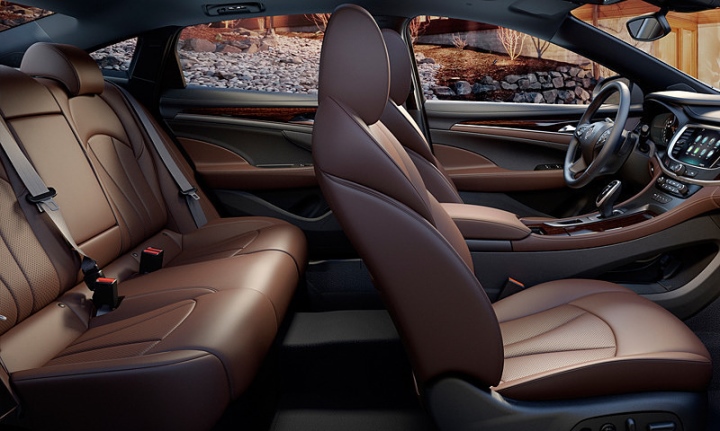On most cars nowadays, the middle seat in the rear row is usually smaller in size, with a higher cushion than the two seats on either side, and it is not equipped with a headrest like the remaining seats. When sitting in this position, passengers often feel uncomfortable as their back is unsupported and not hugged. This mainly stems from the space limitations.
In the past, long, flat bench seats with connected cushions were very common. Over time, safety standards have changed and customer preferences have shifted, making bench seats less common. Rear seats are usually prioritized for important individuals in organizations, families, and those who require the most comfort and amenities.

The middle seat in the rear row of a car is often raised. (Illustrative image: Davearbogast)
Therefore, car manufacturers have gradually prioritized designing separate seats to increase convenience and comfort for passengers, such as integrating cup holders, charging ports, control panels, etc. The middle seat, which is less frequently used, is reduced in size to enhance the comfort of the most frequently used seats.
Except for large-size vehicles, most cars from medium-sized to smaller ones have a width sufficient only for designing two comfortable seats. However, to meet the need for multiple passengers, the middle section is still designed to allow seating, albeit less comfortably and securely compared to the seats on either side.
With limited space, if the middle seat is also made concave and similar to the back and seat of the seats on either side, the body will be constrained when sitting, as it is not fully hugged, making it prone to fatigue. Moreover, the back of the middle seat often integrates a folding armrest, so this part is also made thicker and with a sturdy frame.
According to VTC.vn


































